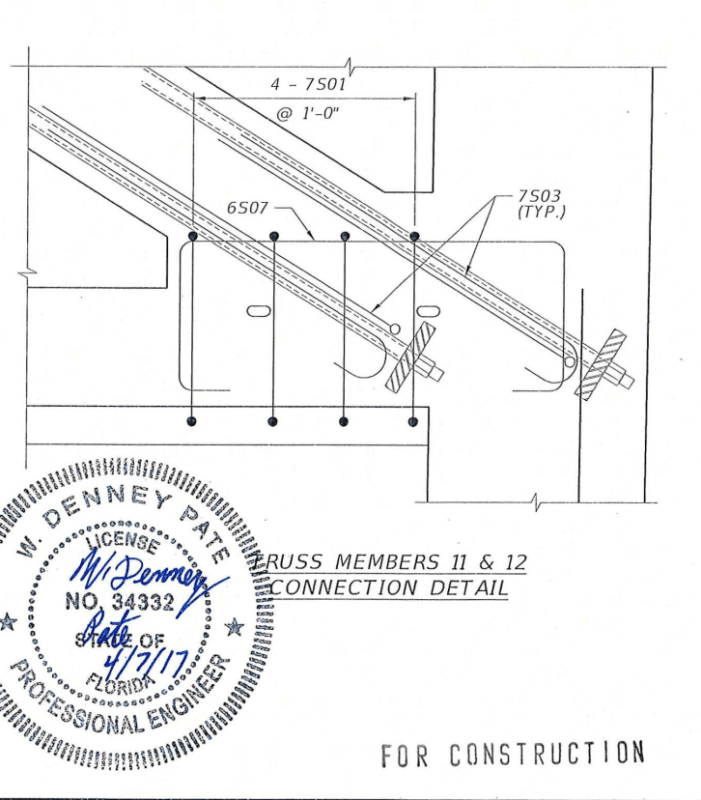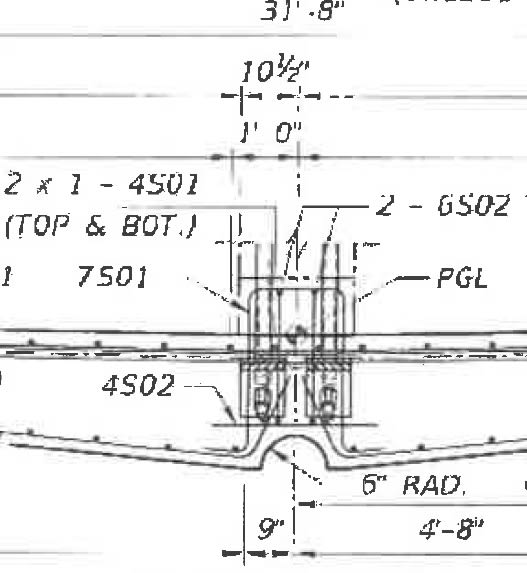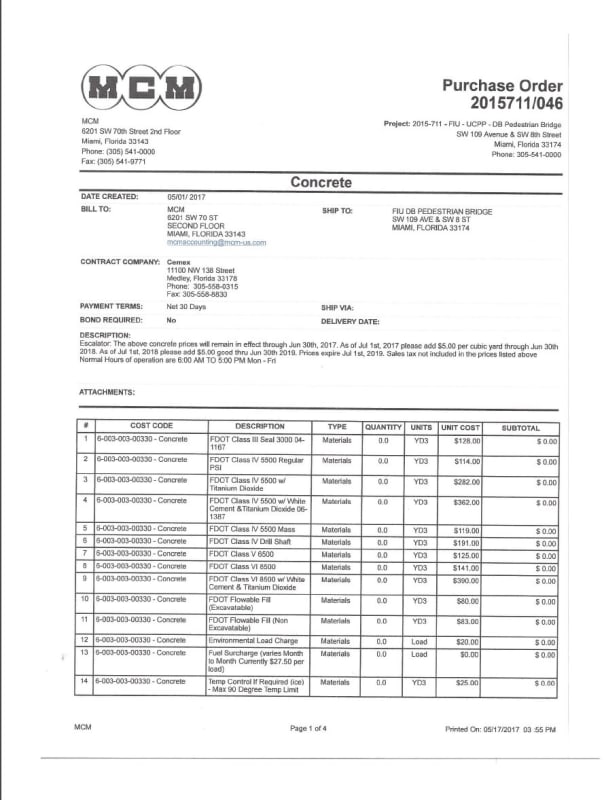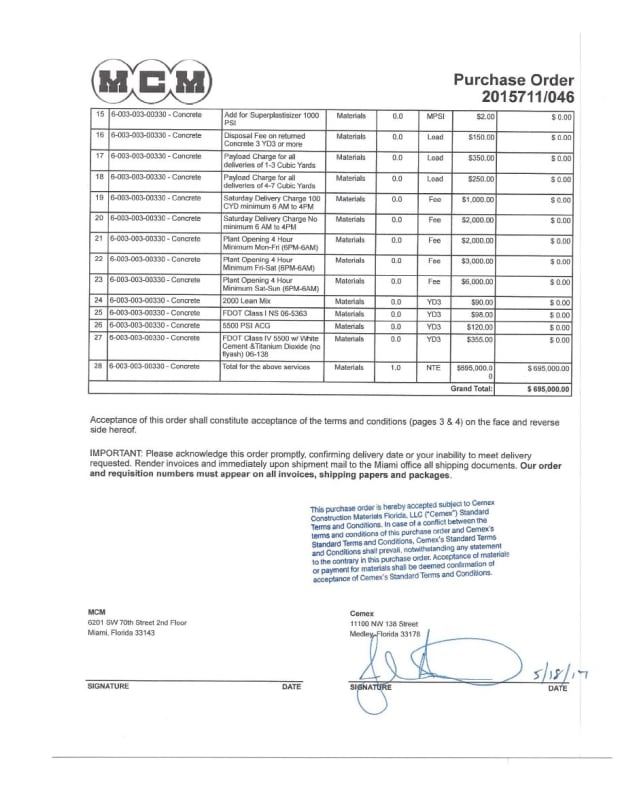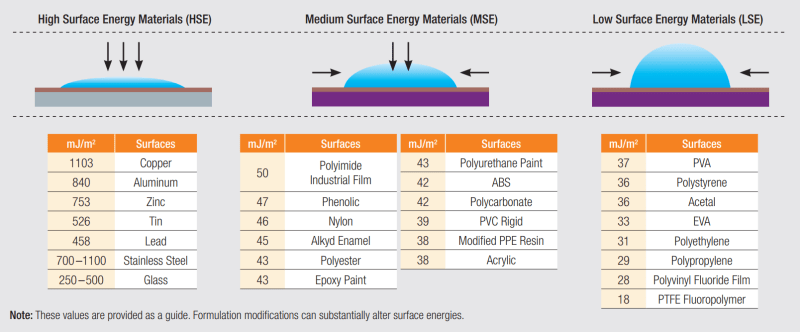I am laying bare the professional conducts of some of the parties in the bridge collapse to make the lawyers more difficult to cheat the public.
We all know it was the MCM subcontractor VSL's workmen who was the first party alarmed by the extent and severity of the cracks to the point they made a photographic record and showed them to the management. The inspection party BPA also participated in actively recording the cracks.
On Mar 15, 2018 three workmen from VSL, two from BPA and one from MCM were present in the re-tensioning work of Member 11. MikeW7's 23 Jun 19 01:38 post commented VSL employee Hanson kneeled twice to look at the 11/12 junction, the last time right before the collapse.
The Collapse - N view video does show this group of workmen stopped momentarily to examine the 11/12 joint several times, they needed to come down from the canopy, during the re-tensioning work. They were the only people really care about the bridge. Not being professional engineers able to diagnose the root cause of these cracks they nevertheless knew the cracks were extraordinary. I believe their interest was ensure no construction error from them to worsen the cracks.
We now know the MCM construction trailer nearby on that day was full of professional engineers who were better qualified to do the crack evaluation/assessment. Most of them were steamrollered to believe the cracks were not safety-related. The steamroller party even unilaterally gave an early instruction the to MCM that Member 11 were to be re-tensioned, without any repair now and obviously over the live traffic. The Mar 15,2018 meeting broke off at 11am according to FIU and CBSNBS investigation timeline reported that no one took steps to close the road while work proceeded on the cracking structure.
The real surprise to me is the re-tensioning work commenced approximately noon according to the OSHA report and so if any of the Mar 15, 2018 meeting attendees wishing to see the cracks and the result after the Member 11 was re-tensioned he/she could do so after leaving the meeting at 11am. None of the attendees did. The party who claimed the cracks were not a safety concern had no interest in seeing see the progress of the fatal work it instructed.
I would moderate the above by pointing out Contractually there were really two main parties in the FIU bridge; the owner and the consortium who designs and builds the required structure. The Owner is represented by BPA as according to the organization chart in OSHA report, BPA should be directly answerable to FIU and possibly viewed as Owner's Engineer or representative. BPA had two engineers present in the collapsed bridge and does have the Owner's power to stop the re-tensioning work if BPA deems it would be unsafe to allow traffic to go underneath. The least BPA could discharge its duty is formally to write to FIU the risk associated with the known cracks. BPA has to justify any action to stop work and face the massive claim by MCM. I am sure FIU would have within its establishment some professors able to provide a third party opinion to the cracking problem. This action should have taken place on Mar 13, 2018 after the cracks were fully photographed.
On the consortium side MCM was well represented by the subcontractor's workmen and one of its own staff. Nearly all contractors I know would position their position at the right contractual position when it come to any technical matter/decsion. In the next bridge MCM may be wise enough to stop work but in the FIU project MCM only concentrated on making sure every tensioning, de-tensioning and re-tensioning work was carried out as per the designer's instruction. MCM could be criticized for the lack of safety appreciation on the cracking bridge but on record MCM was disturbed unhappy with them in the correspondences. I also of the view that MCM can pay and obtain any third party professional opinion quickly to assist its private evaluation if MCM deems the matter were disturbing enough.
The designer was conspicuously missing in the remedial work instigated by him. It makes people wonder on what basis could he claim the distressed bridge wasn't a safety issue and could be so relax to manage everything remotely. On record the designer was the first one to conceive the FIU bridge but the last one to think it could collapse.

